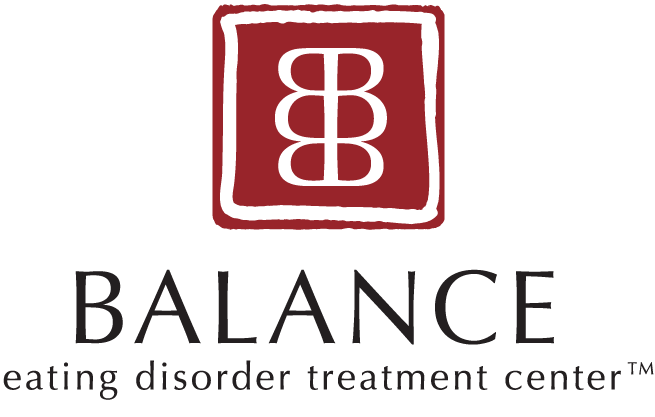Anorexia Nervosa: Facts & Statistics
Anorexia Nervosa, commonly known as anorexia, is a serious but treatable eating disorder in which an individual adopts harmful and extreme methods to lose weight or avoid gaining weight. The development of Anorexia Nervosa is influenced by a complex variation of risk factors and is considered the most deadly mental illness. It is important to be able to recognize and understand not only the signs and symptoms of anorexia, but also the facts and statistics in order to facilitate early detection and treatment intervention.
by: Imogen Bylinsky
Anorexia Nervosa (AN) is a mental disorder characterized by an obsessive fear of gaining weight which manifests itself through severe caloric restriction and distorted body image. Medical symptoms of AN include excessive exercise, fatigue, dizziness, cold-intolerance, and hair loss. Other warning signs to look out for in friends and loved ones include a sudden change in diet such as unexpectedly becoming vegetarian or vegan, refusal to eat certain foods or food groups, denial of hunger or weight loss, and withdrawal from normal activities.
Individuals with anorexia are significantly more likely to have a comorbid disorder such as OCD, anxiety, depression, and substance abuse. Despite the extensive knowledge and research that we now have about Anorexia Nervosa, there still exists a large stigma toward the diagnosis and treatment of this disorder. Below is a list of statistics surrounding Anorexia Nervosa.
ON DEVELOPING ANOREXIA…
Between 1–5% of all female adolescents and young women suffer from anorexia
33-50% of anorexia patients have a comorbid mood disorder such as depression
Half of anorexia patients have comorbid anxiety disorders, obsessive compulsive disorder, or social phobias
50-80% of anorexia is caused by genetics
ON GENDER-BASED DIFFERENCES…
Men with anorexia are more likely to experience concurrent depression and less likely to have access to mental health services
ON PREVALENCE…
9 percent of American women will suffer from anorexia in their lifetime
The lifetime prevalence of Anorexia Nervosa in adults is 0.6%
The lifetime prevalence of Anorexia Nervosa is three times higher amongst females than males
ON PHYSICAL HEALTH CONSEQUENCES …
Slow metabolism – When someone restricts their caloric intake, their body’s natural survival instincts kick in which results in the retention of any foods or fluids they allow in their system. This causes one’s metabolism to become slower at performing normal bodily functions and processes; most notably digestion.
Osteoporosis – When the density and quality of bone is reduced
Heart Disease – A range of conditions that affect the heart, such as vessel disease, heart rhythm problems, and more
Kidney problems – (symptoms of kidney problems) A reduced amount of urine, swelling of the legs, ankles, or feet, shortness of breath, seizures, nausea, confusion, pain or pressure in the chest, and more
ON MORTALITY…
1 in 5 anorexia deaths occur by suicide
Without treatment, 20% of people with anorexia die
With treatment, only 2-3% of people with anorexia die
If you suspect that you or someone you know may be struggling with anorexia, know that recovery is possible and help is available. At BALANCE eating disorder treatment center, we are dedicated to treating the spectrum of eating disorders, including anorexia, bulimia, binge eating disorder, compulsive overeating, and other disordered eating behaviors and body image issues. Click the button below to browse our personalized programs & services.
This post was written by BALANCE blog intern, Imogen Bylinsky.
Imogen is a high school student from New York City with a passion for writing and speaking about mental health issues, specifically eating disorders. Growing up, she became increasingly aware of the stigma and hurtful stereotypes associated with eating disorders. She is interested in majoring in Psychology after taking an “abnormal child psychology” course at Brown University. Along with BALANCE, she volunteers with NAMI (National Alliance on Mental Illness) and Project HEAL, an eating disorder organization. She specifically wants to address how eating disorders are portrayed in the media, pop culture, various races/ethnic groups, and gender. She is excited to be writing for the BALANCE blog!
References
Anorexia nervosa: Symptoms, causes, and treatment. (n.d.). Retrieved June 26, 2020, from https://www.medicalnewstoday.com/articles/267432
Anorexia Statistics - Mirror. (2020, June 11). Retrieved June 30, 2020, from https://mirror-mirror.org/facts-staticstics/anorexia-statistics
Anorexia Symptoms & Warning Signs. (n.d.). Retrieved June 30, 2020, from https://www.eatingrecoverycenter.com/conditions/anorexia/symptoms-signs
Eating Disorders. (n.d.). Retrieved June 30, 2020, from https://www.nimh.nih.gov/health/statistics/eating-disorders.shtml
Eating Disorder Statistics • National Association of Anorexia Nervosa and Associated Disorders. (2019, June 17). Retrieved June 30, 2020, from https://anad.org/education-and-awareness/about-eating-disorders/eating-disorders-statistics/
(n.d.). Retrieved June 30, 2020, from https://www.google.com/search?q=anorexia+nervosa+statistics
Team, T. (2019, May 23). Everything You Need to Know About Kidney Failure. Retrieved June 30, 2020, from https://www.healthline.com/health/kidney-failure


